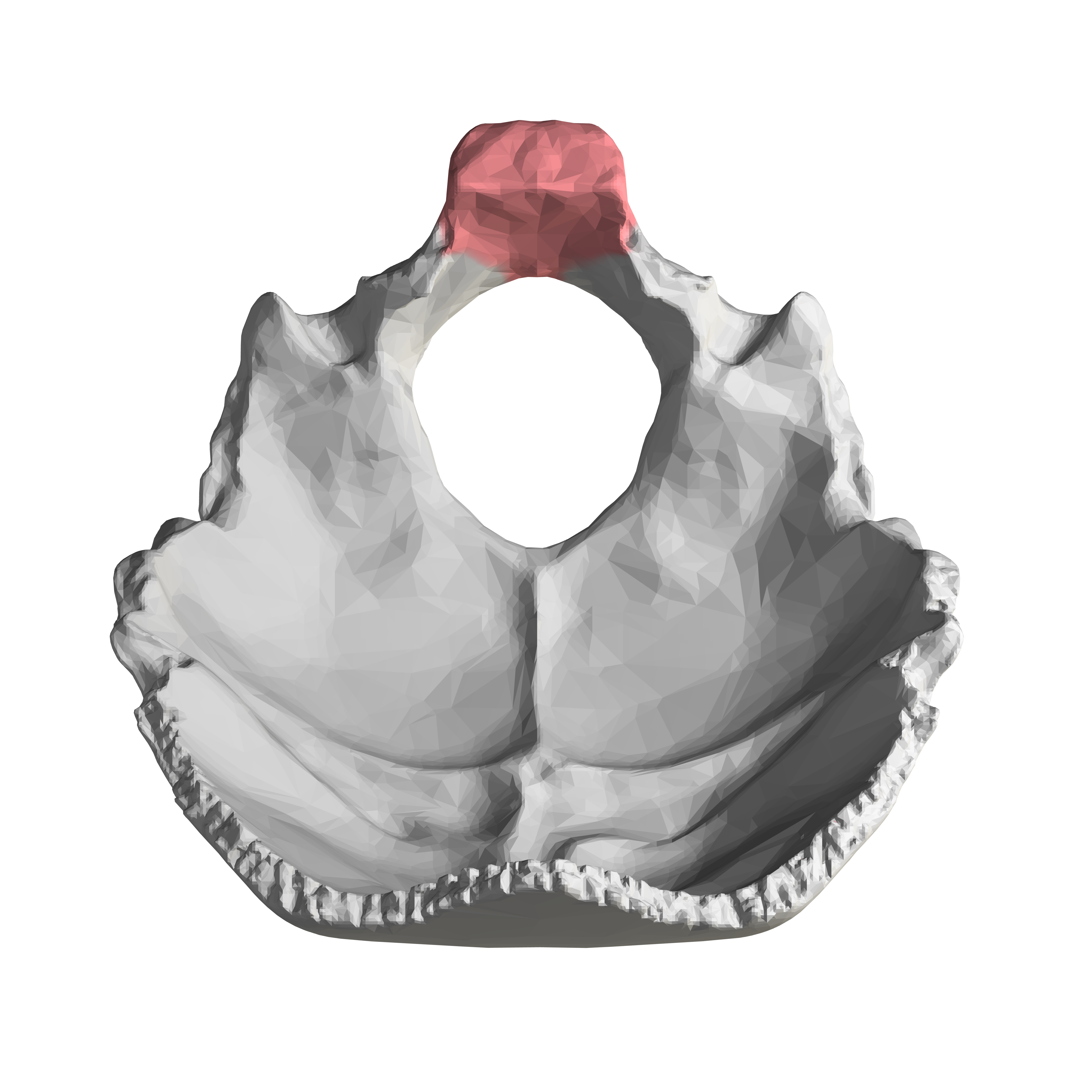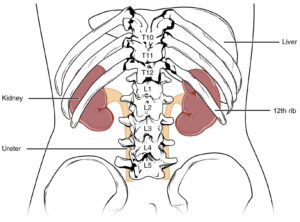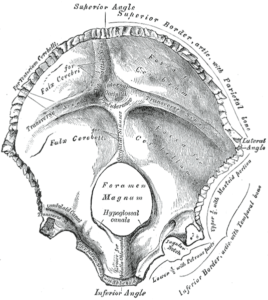
Greetings, future medical professionals! In today’s post, we delve into the intricacies of the basilar part of the occipital bone, a crucial piece of our cranial architecture. Understanding the complexity of our cranial bones is fundamental to appreciating the marvel that is the human body, and it’s pivotal in your journey towards becoming proficient healthcare providers.
The occipital bone, located at the posterior of the skull, has a fascinating structure made up of four parts: the squamous part, two occipital condyles, and the basilar part. Each part has unique characteristics and functions that contribute to the integrity of the cranial skeleton. Today, we’ll zoom into the basilar part of the occipital bone and explore its anatomy, function, and clinical relevance.
Anatomy
The basilar part, also known as the basioccipital, is the anterior section of the occipital bone. It’s quadrilateral in shape and stretches forwards and upwards from the foramen magnum, linking with the sphenoid bone’s posterior aspect.
External Surface
The external surface of the basilar part faces downwards and forwards. This surface, in adolescents, presents the pharyngeal tubercle—an attachment site for the superior pharyngeal constrictor muscle.
Internal Surface
The internal surface of the basilar part slopes upwards and forwards. This surface displays impressions from the medulla oblongata and, on either side of the midline, provides attachment to the alar ligaments.
Borders
The basilar part’s superior border merges with the body of the sphenoid at the spheno-occipital synchondrosis, which typically fuses between the ages of 18 and 25. Its lateral borders blend with the petrous parts of the temporal bones on either side, while the posterior border is continuous with the foramen magnum’s anterior margin.
Function
Much like the rest of the skull, the primary role of the basilar part of the occipital bone is protection. This bone segment houses and safeguards crucial neural structures, including parts of the brainstem.
Additionally, the basilar part provides critical points of attachment for muscles and ligaments, contributing to the stability of the head and neck and facilitating various movements. Notably, the pharyngeal tubercle serves as the attachment point for the superior pharyngeal constrictor muscle, playing a crucial role in swallowing.
Clinical Relevance
The basilar part of the occipital bone holds significant clinical relevance in various domains:
- Trauma: Head injuries can result in fractures to the basilar part of the occipital bone. These can lead to severe neurological complications due to its proximity to the brainstem.
- Radiological Imaging: Accurate knowledge of the basilar part’s anatomy aids in interpreting MRI and CT scans, allowing physicians to detect pathological conditions such as basilar invagination, a condition where the top of the C2 vertebra migrates upwards.
- Surgical Procedures: Surgeons need to be familiar with the basilar part’s anatomy during surgical interventions involving the base of the skull.

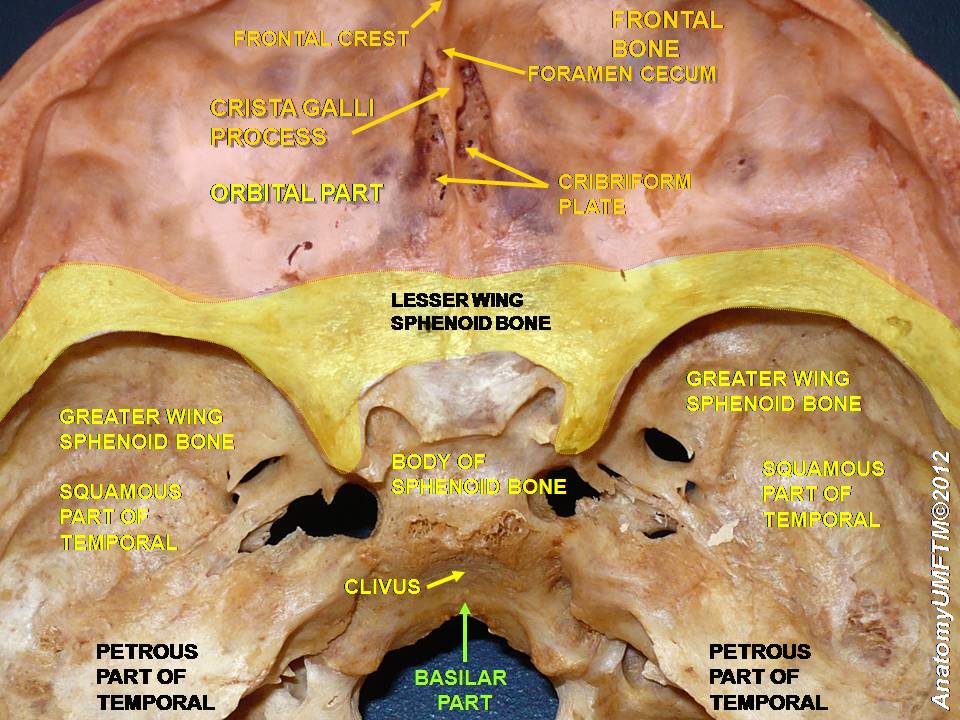

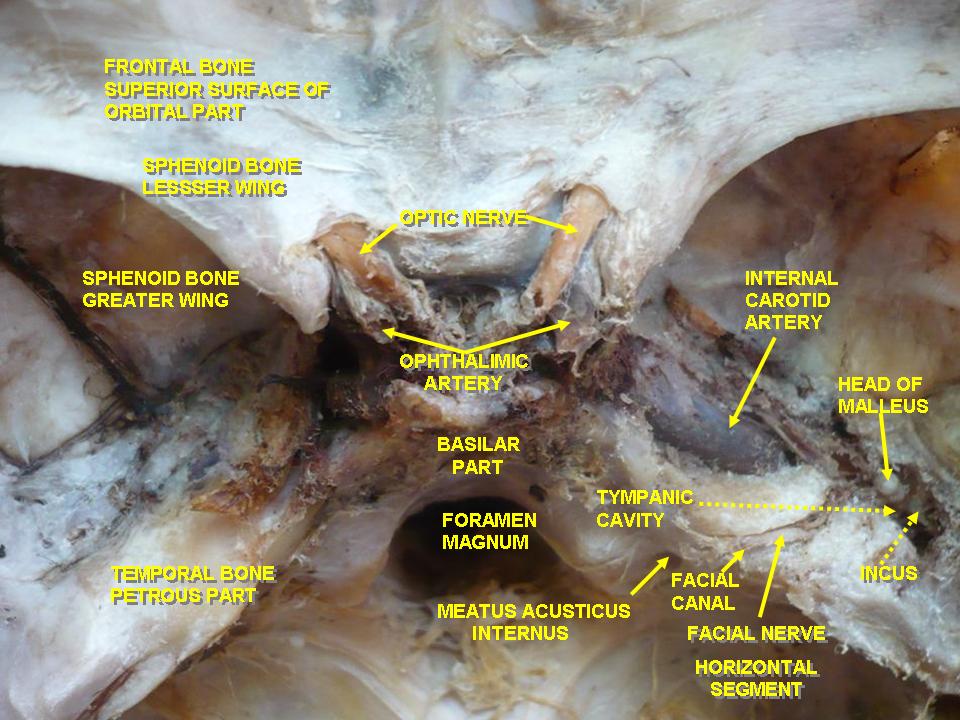
Conclusion
The basilar part of the occipital bone, although not as prominent as other skull bones, plays a vital role in maintaining cranial integrity, protecting important neural structures, and providing attachment points for various muscles and ligaments. Understanding this intricate structure is critical for any future medical practitioner.
As medical students, it’s essential to consider the functional implications of anatomical structures, drawing connections between anatomy and clinical practice. This helps create a more thorough and robust understanding of the human
